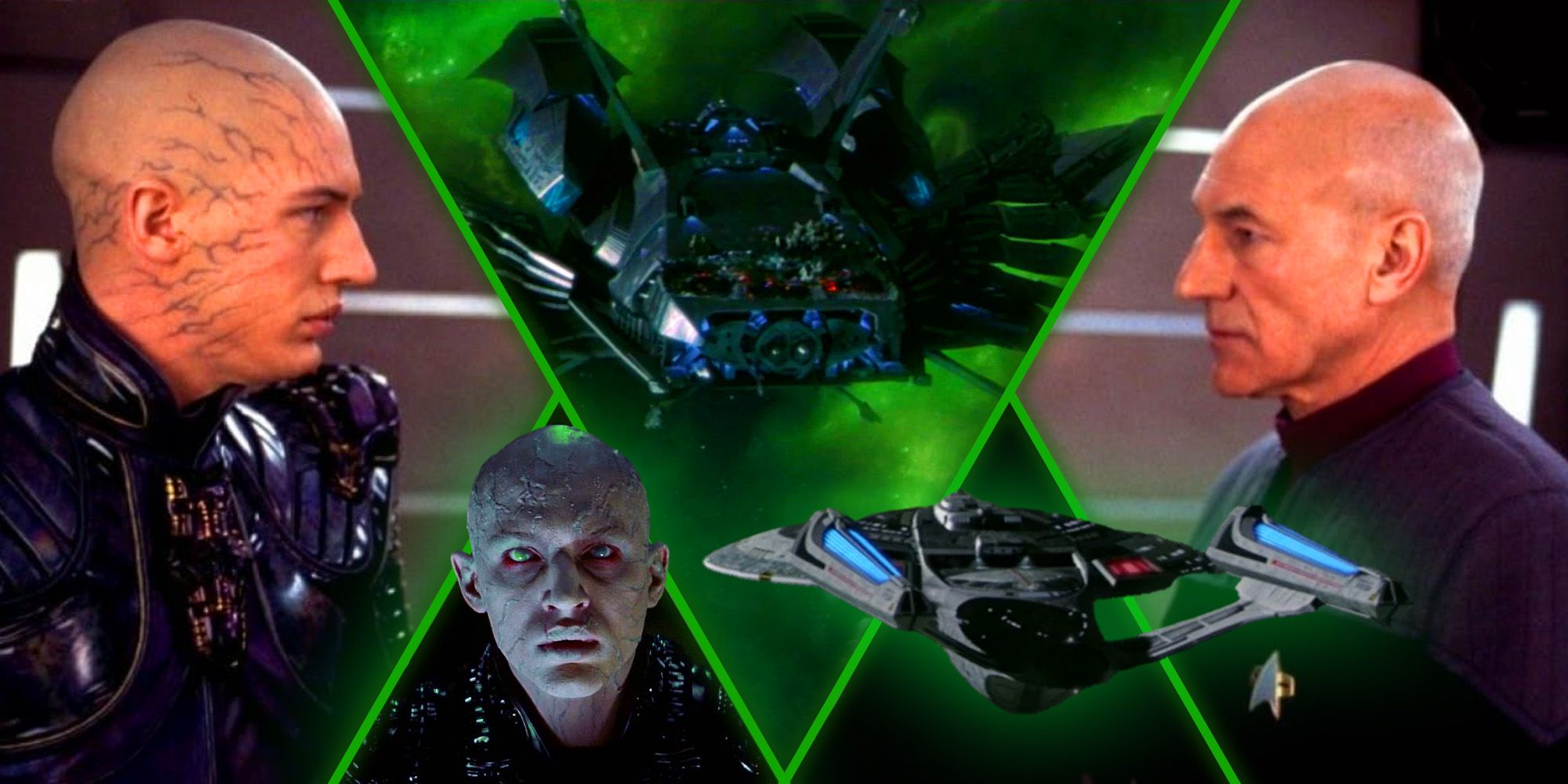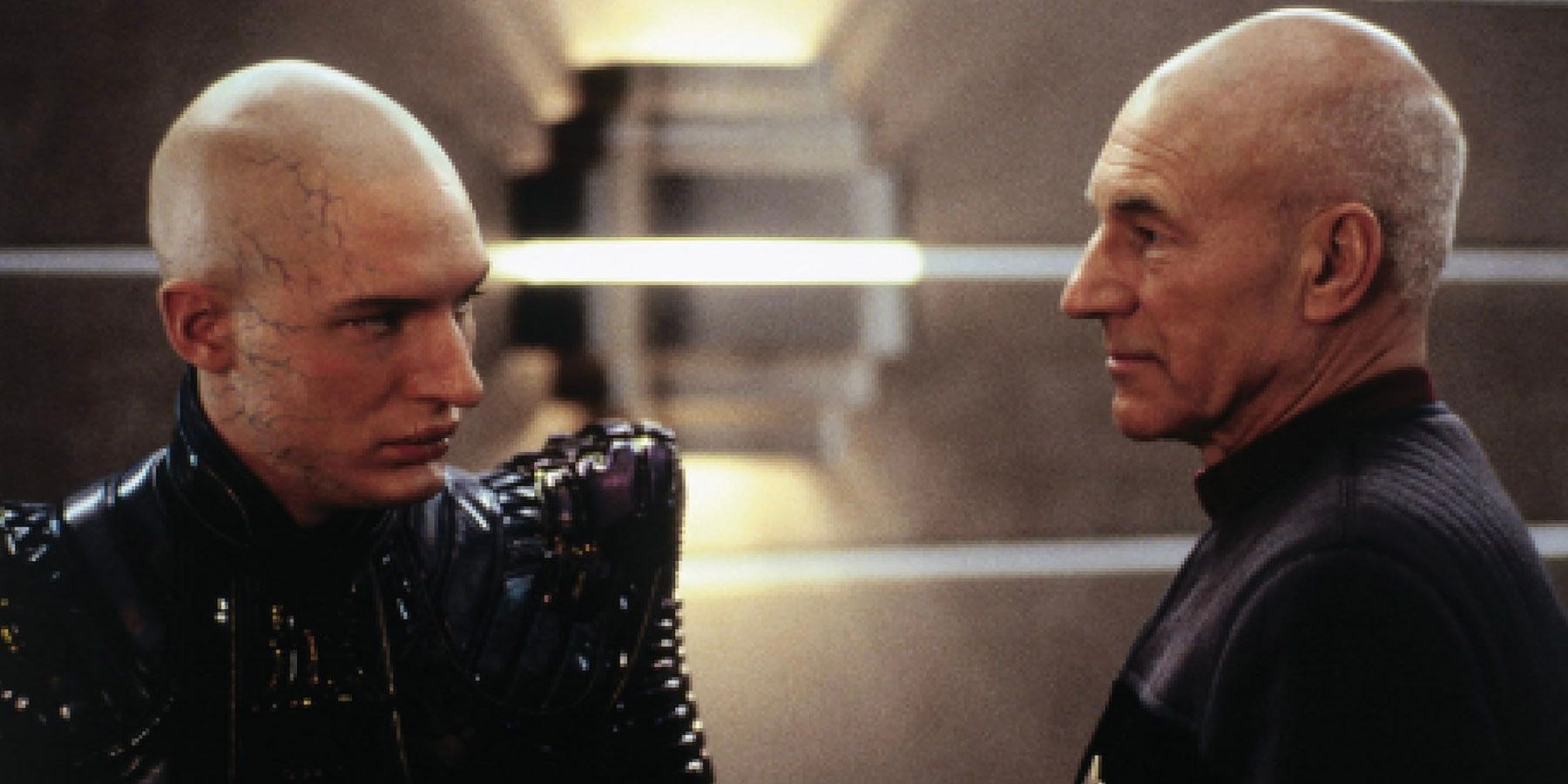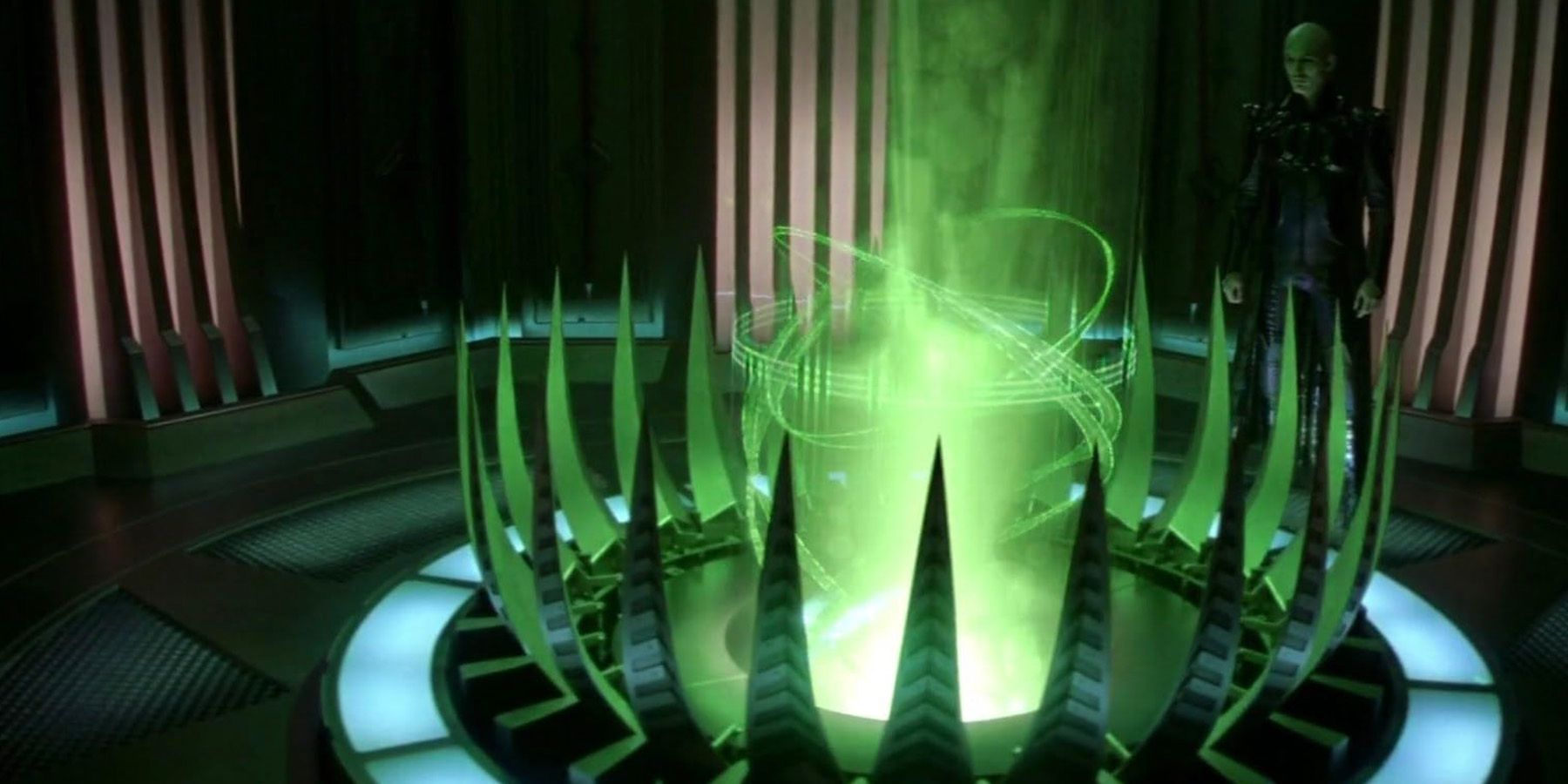Quick Links
Highlights
- Shinzon, a dark reflection of Jean-Luc Picard, was the final villain in Star Trek: The Next Generation movies.
- In Star Trek Nemesis, Shinzon assumed control of the Romulan Star Empire against all odds and launched a devastating campaign against Picard and the Federation.
- Despite criticism of the movie, Shinzon's actions had lasting consequences on both the prime and Kelvin timelines in the Star Trek franchise.
Shinzon was the primary opponent faced by the crew of the USS Enterprise in Star Trek: Nemesis. That gives him the distinction of being the final villain of Star Trek: The Next Generation, the hugely successful era of Star Trek that covered seven series and four feature films. While the spirit of that show continued in contemporary series like Star Trek: Deep Space Nine and more recently in Star Trek: Picard, this well-loved crew’s final voyage demanded a major threat and found it in an old sci-fi staple: the evil counterpart.
Dark doppelgängers have been with Star Trek since the Mirror universe was introduced to the Original Series in 1967’s ‘Mirror, Mirror.’ The show helped build many cliches associated with the trope designed to test a hero's mettle like never before (including evil goatee beards). In Nemesis, it was Jean-Luc Picard’s turn to be flipped, although not because of the Mirror universe. The renowned captain of the USS Enterprise faced a vengeful clone of himself with the full might of the Romulan Star Empire at his disposal.
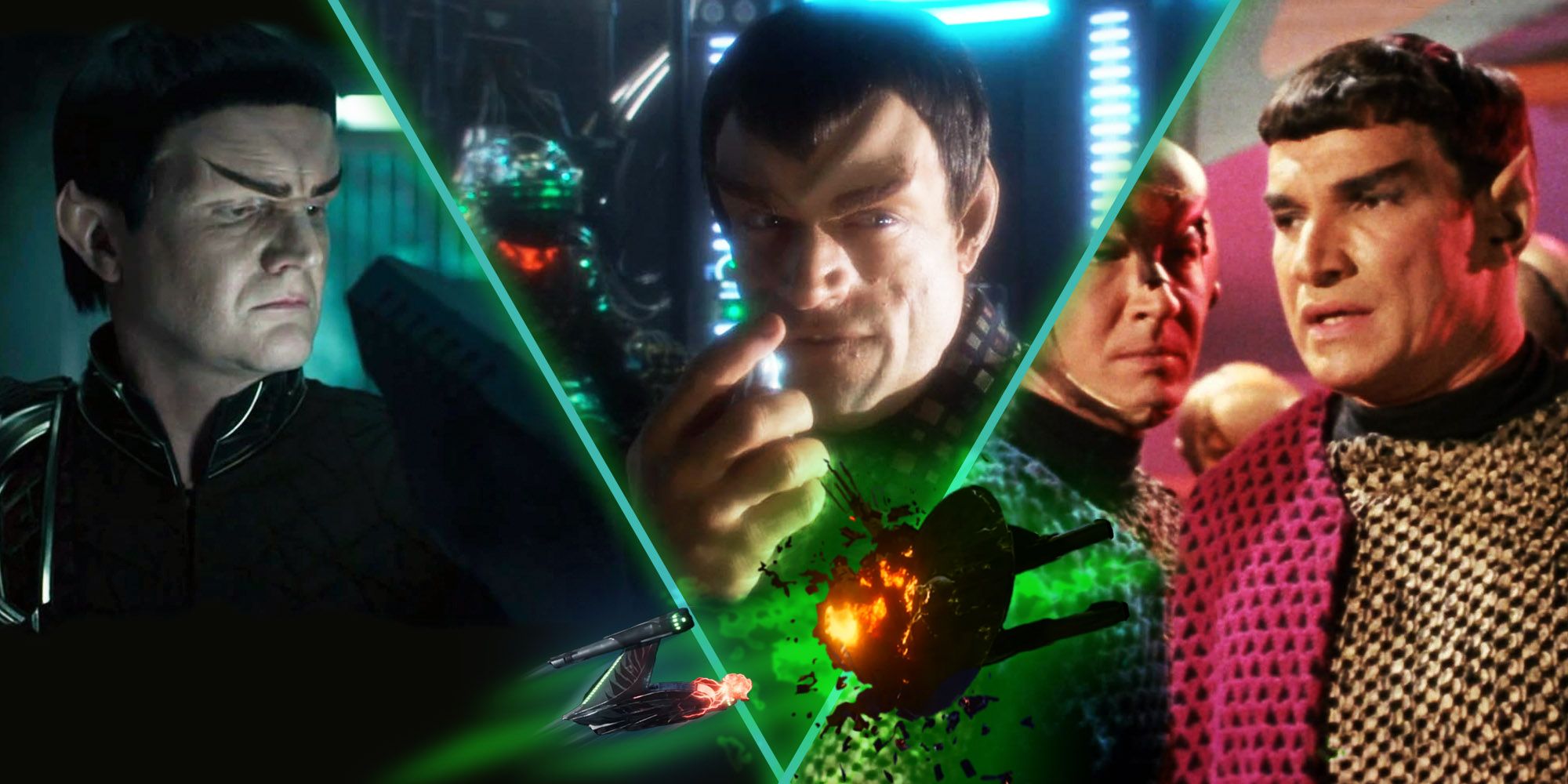
Star Trek: The Earth-Romulan War Explained
How has this pivotal conflict in Star Trek history never made it to the screen?
Who Was Shinzon?
At the start of Star Trek: Nemesis, Shinzon was a mysterious new Praetor, the title for the head of the Romulan senate, who had seized control of the Empire. Having been drawn to a planet near the Romulan Neutral Zone by the remains of a Soong-style robot, a prototype of TNG legend Data, the Enterprise-E was the closest Starfleet vessel when the Empire made unexpected peace overtures to the Federation. This rare mission to Romulus revealed the new Praetor to be a younger version of Picard who was happy to provide a sample of blood for Doctor Crusher to verify, even if it meant sinisterly cutting his hand.
Shinzon was a clone created from Jean-Luc Picard’s DNA as part of a Romulan plot to infiltrate the United Federation of Planets. Due to Shizon's age, fan theories have speculated that the DNA was taken when Picard commanded the USS Stargazer. While not yet an influential figure in Starfleet, the time paradox of Tashar Yar could have given the Empire knowledge of Picard’s highly decorated career to come. After ‘Yesterday’s Enterprise’ saved Yar from an early death, Romulans captured her when she went back in time aboard the doomed Enterprise-C.
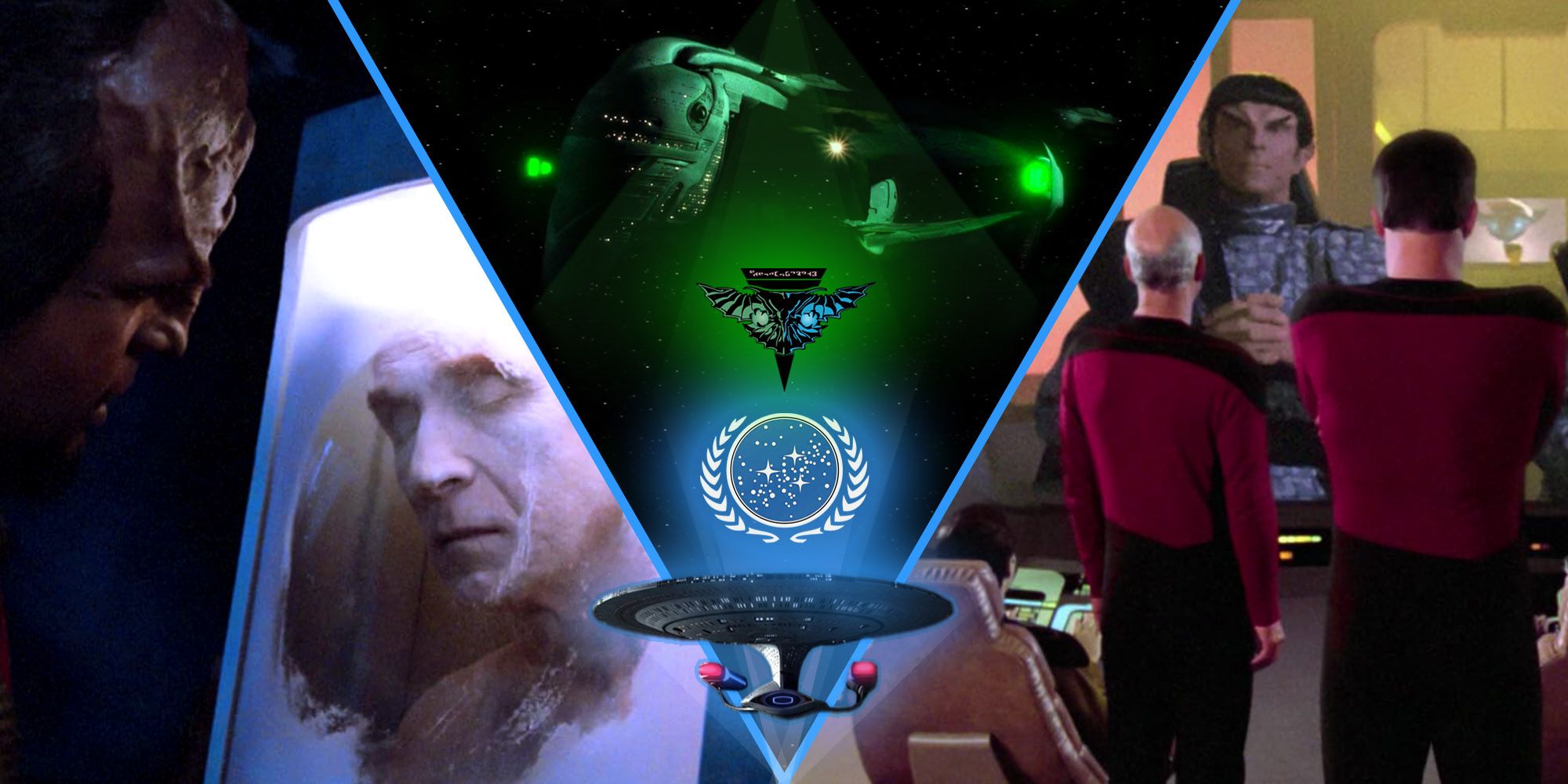
Star Trek: The Next Generation Season 1 Ending, Explained
After a challenging first year, Star Trek: The Next Generation ended with a menacing sign of things to come.
Picard’s clone suffered away from Earth, not least when he also developed Shalaft's Syndrome, which made him hypersensitive to sound, but had to wait far longer to receive treatment he waited for a doctor with knowledge of the rare human condition. Then, a power shift in the Romulan Empire canceled the risky clone-infiltration plan. Shinzon was exiled from Romulus to work in the dark dilithium mines of its twin planet, Remus. The clone was frequently beaten during 18-hour work shifts, but he forged a close relationship with Vkruk, who would later become his Reman Viceroy.
In Nemesis, Crusher’s analysis showed that the new Praetor was suffering from a fatal cellular structure breakdown. The clone incorporated temporal RNA sequencing, intended to accelerate his physical age to Picard's at any time to complete the deception. However, the program’s cancelation meant Shinzon's aging program was never activated, causing the clone to become unstable. Shinzon’s only hope was a complete blood transfusion from his genetic template, Jean-Luc Picard, so he carefully plotted the kidnap of the captain to complete the procedure.
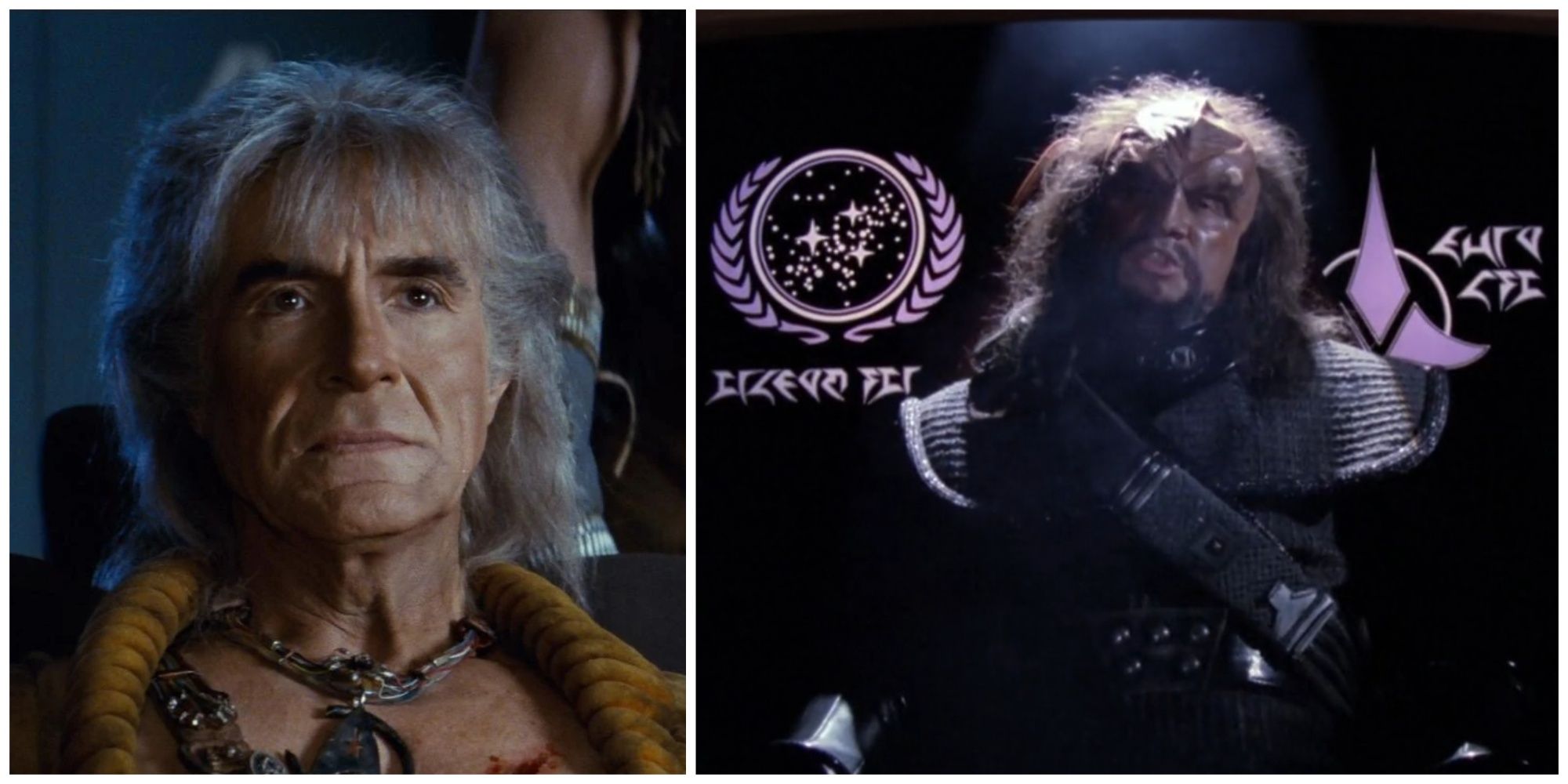
6 Biggest Retcons To Star Trek History
The iconic Star Trek franchise and history is not without retcons that leave it open to different interpretations.
While Shinzon seemed fascinated by the Picard family history he’d been denied, his true goal was to stabilize his biology before crushing everything Picard represented. The parts of the Soong android B-4 that ensured the Enterprise was closest to the Neutral Zone were planted as part of this plot. The android’s existence was suggested to be another earlier attempt by the Romulans to infiltrate Starfleet.
Shinzon was a product of his brutalized life — like Frankenstein’s monster, a wonder of science abandoned by his creators who returned to wreak vengeance. While he sought freedom for his adopted people, the subjugated Remans, his ultimate plan was built on the back of revenge, jealousy, and hatred. The film tackled typical nature versus nurture questions posed by dark counterparts in a debate between Picard and Data.
Shinzon’s savage outlook was reflected in other underhand actions. In one of the film’s most controversial moments, Shinzon used the telepathic powers of his Reman viceroy to invade Deanna Troi's mind, having become obsessed with her — the first human, or half-human, female he had ever met.
How Did Shinzon Takeover the Romulan Star Empire?
Shinzon’s opportunity came during the Dominion War when the powers of the Alpha and Beta were forced into an alliance to beat the devastating forces of the Gamma Quadrant superpower. While the war that raged between 2374 and 2375 was shown in Deep Space Nine, behind the scenes, Shinzon was drafted to the Romulan military, where he commanded Reman forces in 12 successful engagements. Despite their very different upbringing, Shinzon shared the command abilities with his Starfleet progenitor.
Shinzon emerged from the Dominion conflict with impressive military experience, an army, and alliances with high-ranking Romulans. Shinzon and Vkruk devised a plan to free the Reman people by overthrowing the Romulan senate. To this end, Shinzon’s forces built the gigantic warbird Scimitar and developed a devastating and deadly weapon using thalaron radiation. Shinzon made overtures to the Romulan Senate but seized complete control in a coup d’etat when he assassinated the Praetor and senate members with a small thalaron projector. As the self-declared Praetor, Shinzon could now turn his attention to the Federation and Picard.
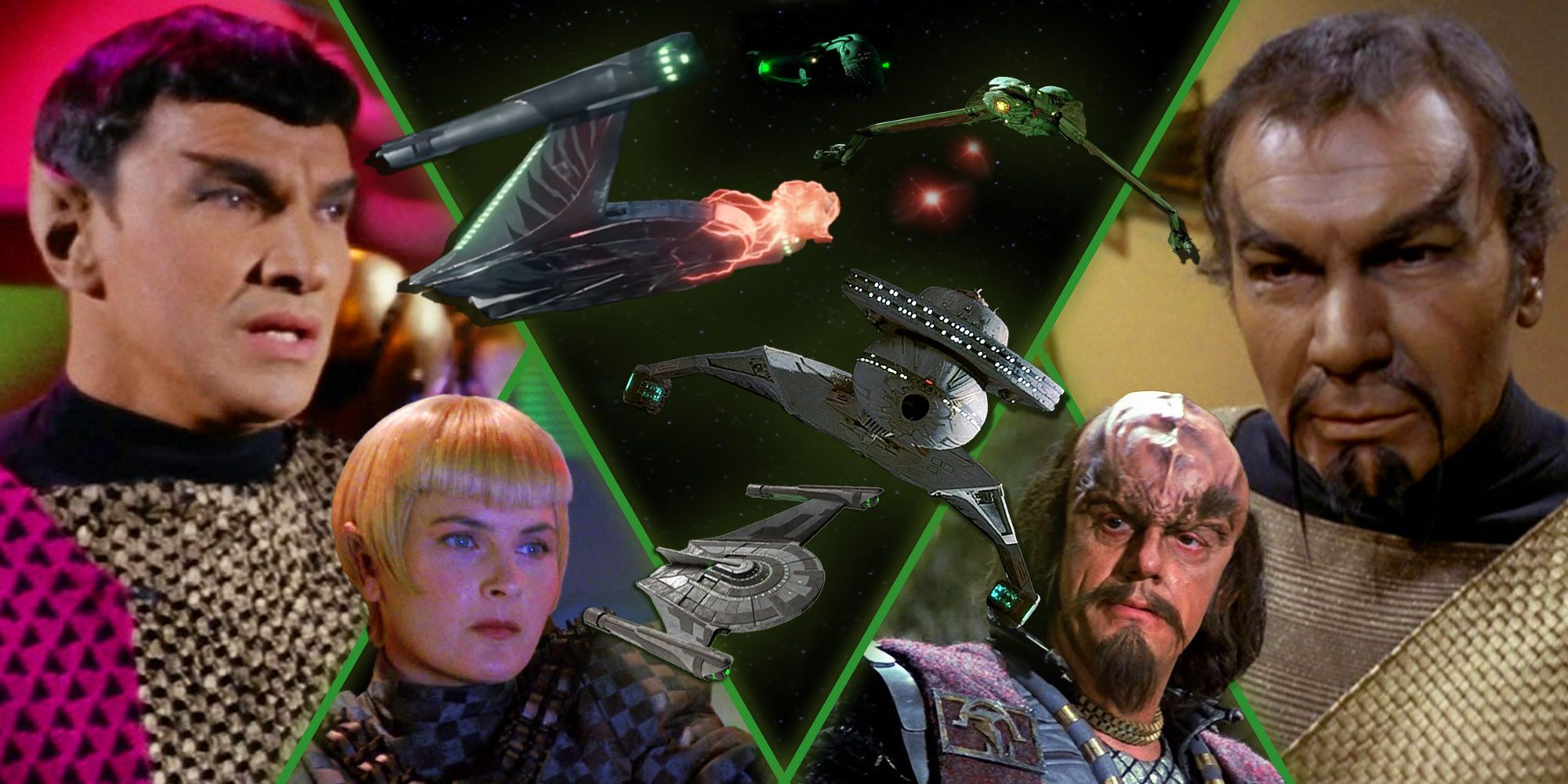
Star Trek: Why Are Romulan and Klingon Starships So Similar?
They may be renowned blood enemies, but have the Romulans and Klingons ever formed a military alliance?
In Nemesis, Shinzon believed his true purpose was to free the Reman people by overthrowing the Romulan ruling elite. However, a deleted scene in the movie confirmed he intended to follow the destruction of Picard by crossing the Romulan Neutral Zone to wage war on the Federation. Crushing the Romulans’ great foe would take revenge on humanity and secure his name above Picard’s in the history books.
Shinzon's Legacy In Star Trek
Shinzon was defeated at the Battle of Bassen Rift when his flagship Scimitar locked talons with the Enterprise-E. Picard escaped his imprisonment with Data’s help and, using his younger self’s overconfidence against him, severely damaged the Scimitar by using his ship as an unorthodox ram. In a final battle with Picard, Shinzon was fatally impaled, his last words ominously proclaiming, “Our destiny's complete.” His plans died with him when Data sacrificed himself to destroy the thalaron weapon.
Despite a strong script from John Logan, the concept of Nemesis and Picard’s dark clone failed to spark, some criticism leveled at the emphasis put on the villain, and its underperformance ended TNG’s journey on the big screen. However, the events of Nemesis would have consequences for the franchise’s prime and Kelvin timelines.
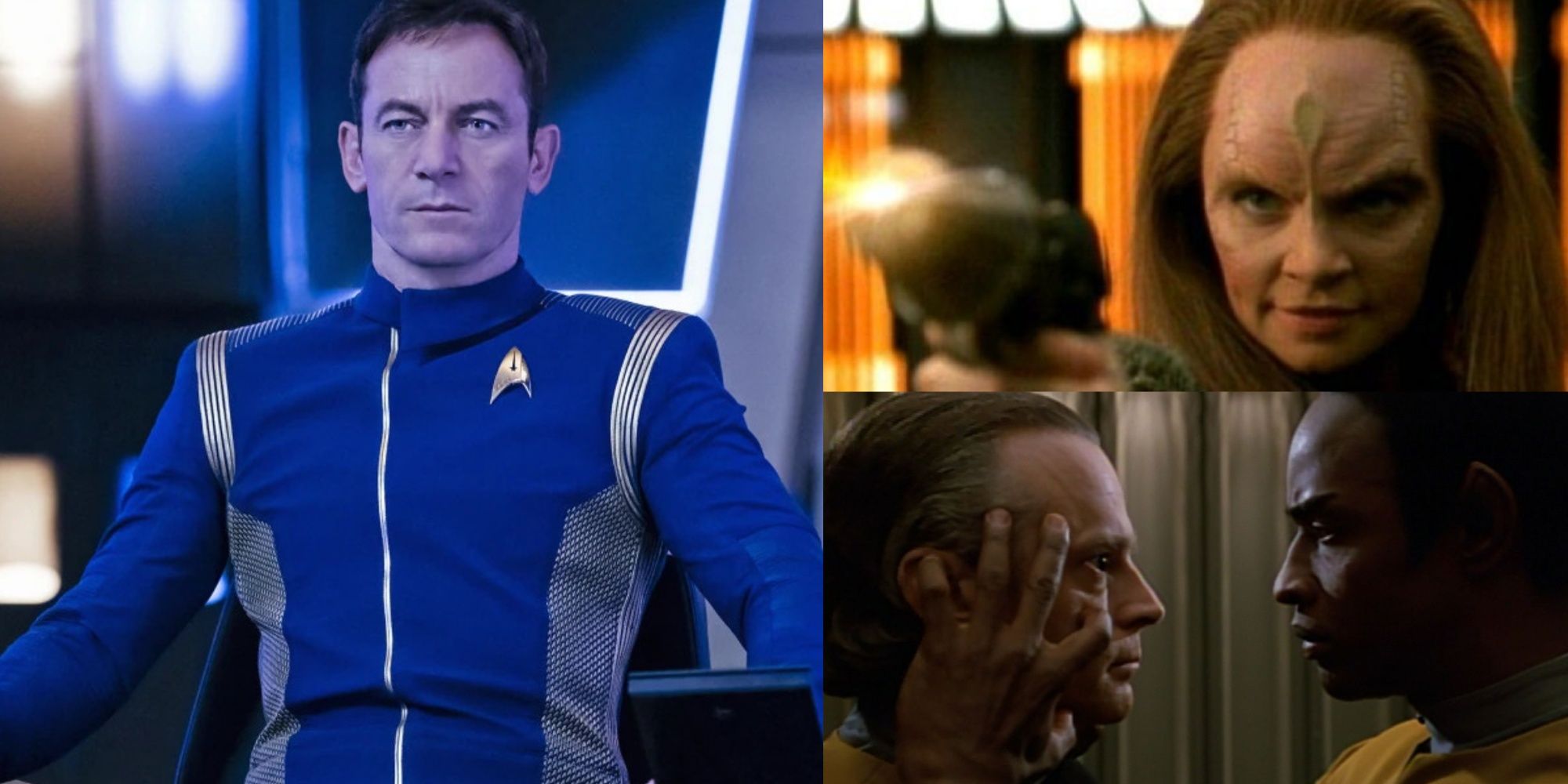
6 Darkest Star Trek Characters, Ranked
Despite Star Trek's portrayal of a utopian future, there are many characters throughout the franchise who feature some very dark characteristics.
The Kelvin timeline of 2009’s Star Trek and subsequent movies was created when a black hole propelled Ambassador Spock, the vengeful Romulan Nero, and his crew back in time. Spock had failed to stop the imminent supernova of Romulus and Remus’s sun, which destroyed the planets and killed Nero’s family in 2387, eight years after Shinzon’s death. The subsequent damaging campaign of another rage-filled villain finally put a leading Romulan villain on the big screen.
Star Trek: Picard, which dealt with the consequences of Data’s death in Nemesis, also filled in details of the destruction of Romulus in the Prime universe. Following his promotion to Admiral, Picard took charge of constructing and coordinating a fleet to evacuate affected Romulan planets.
The Romulan Senate’s plea to the Federation for help might have been ridiculous at any other time of their fractious history, but relations had thawed after Picard’s defeat of Shinzon. Picard’s acceptance of the role may have been motivated by guilt about his dark counterpart. That the evacuation plan was sabotaged by the Tal Shiar, the Romulan intelligence agency, masterminding a devastating synth attack on Mars, triggering the Admiral’s resignation from Starfleet as they did, indicated ongoing instability in the Romulan Star Empire after Shinzon’s defeat.
Perhaps the greatest sign of how Picard’s confrontation with his dark younger self affected the Star Trek icon has been his increasing closeness to the Romulan people. As well as taking in refugees Laris and Zhaban he saved his young protegee Elnor, who would become the first fully Romulan Starfleet cadet.
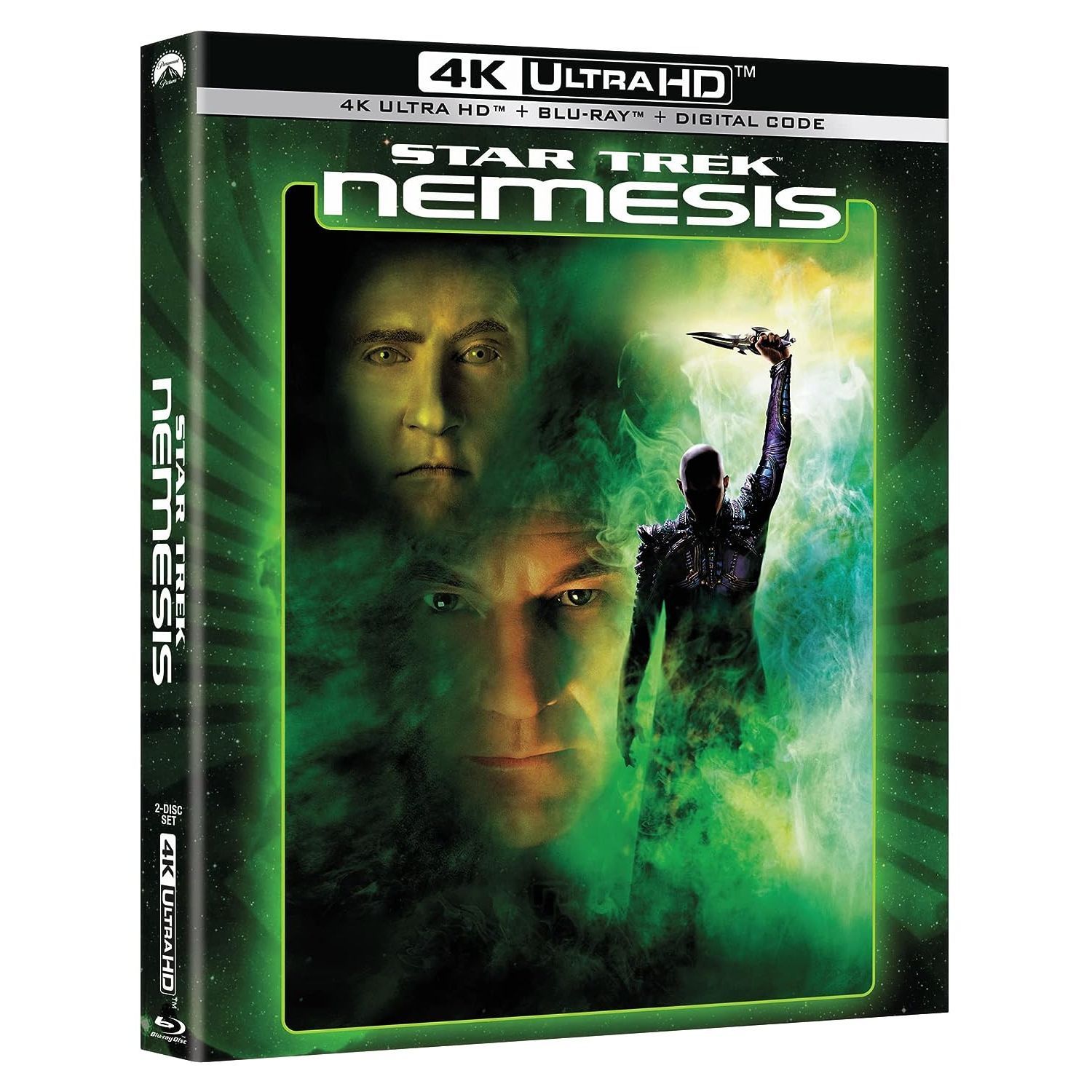
Star Trek: Nemesis
- Release Date
- December 13, 2002
- Director
- Stuart Baird
- Cast
- Patrick Stewart , Jonathan Frakes , Brent Spiner , Tom Hardy , Ron Perlman , Marina Sirtis , Gates McFadden , LeVar Burton
- Runtime
- 117 Minutes


